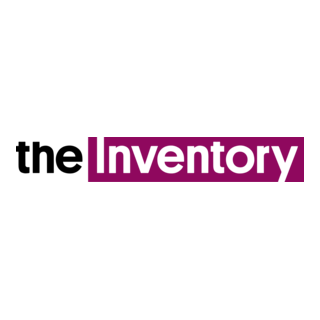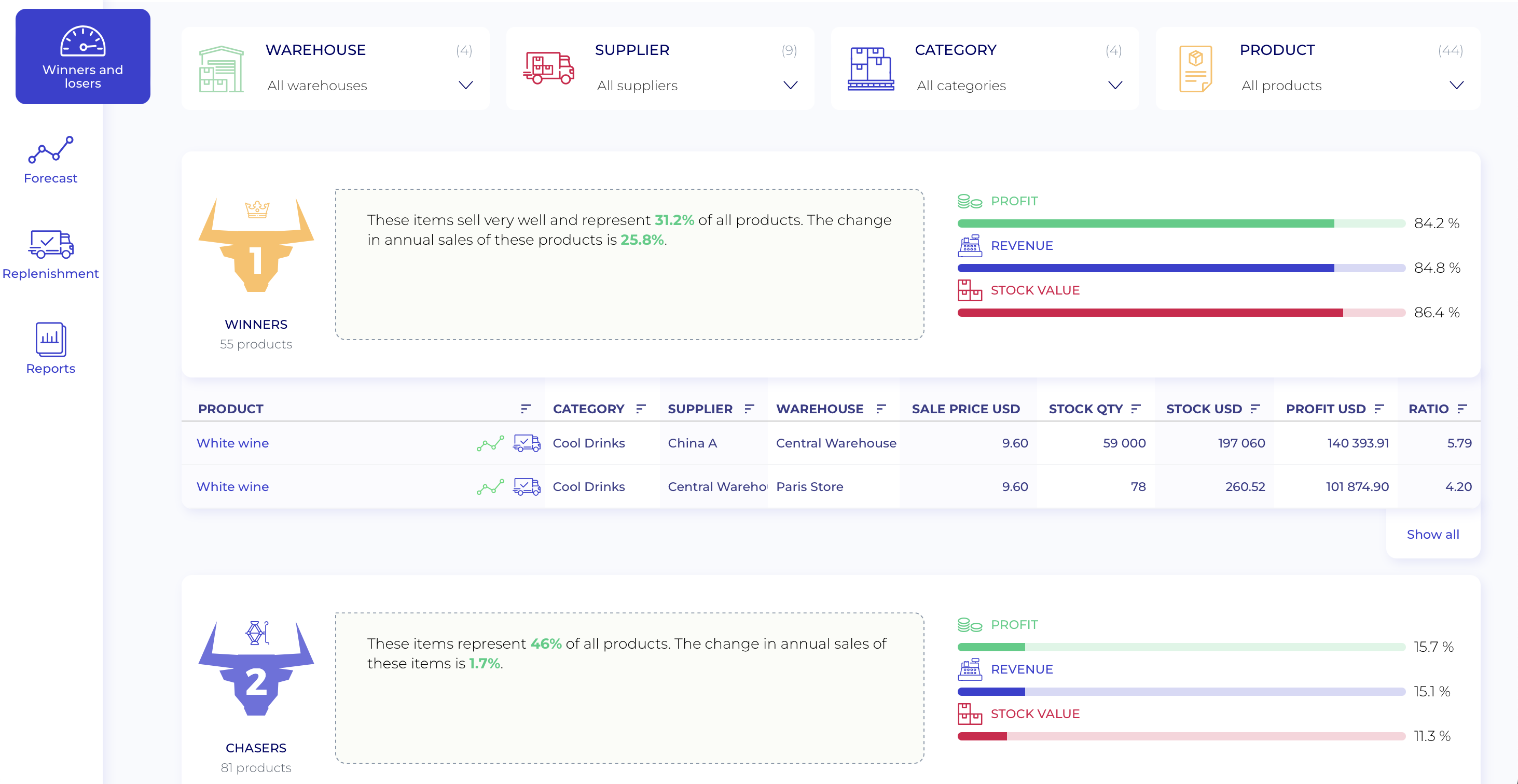
Inventoro: Complete Buyer's Guide
AI-driven inventory forecasting solution
Inventoro positions itself as an AI-driven inventory forecasting solution specifically designed for small-to-midsize ecommerce businesses seeking to optimize stock levels through automated replenishment and demand prediction. The platform leverages machine learning algorithms to analyze historical sales data and generate forecasts, integrating directly with popular ecommerce platforms including Shopify, Square, and Exact to provide real-time inventory management capabilities[38][46][52].
Market Position & Maturity
Market Standing
Inventoro operates in the rapidly expanding AI inventory management market, which reached $7.38 billion in 2024 and is growing at a 29.5% CAGR with projections indicating expansion to $20.98 billion by 2028[10].
Company Maturity
The vendor's focus on turnover-based pricing and pre-built integrations positions it for the SMB market segment, where 70% of SMBs choose revenue-based pricing over enterprise licenses[12].
Longevity Assessment
While specific funding or revenue data wasn't available in the research, Inventoro's integration partnerships and customer implementations suggest operational stability.
Proof of Capabilities
Customer Evidence
The Endala Clinic case study demonstrates Inventoro's practical application, reporting streamlined order processing that freed up weekly administrative time for higher-value activities[46].
Quantified Outcomes
Customer implementations report up to 40% inventory reduction while maintaining product availability[39][46]. Users achieve time savings of up to 20 hours per week through automated replenishment processes[41][52]. Evidence suggests potential for 5% growth through improved focus on high-performing SKUs[46].
Market Validation
The platform's multi-channel coordination capabilities across various sales platforms show promise[52][54].
Reference Customers
The research reveals limited publicly disclosed reference customers beyond the Endala Clinic case study.
AI Technology
Inventoro's AI functionality centers on machine learning algorithms that analyze historical sales patterns to generate demand forecasts and automated replenishment recommendations.
Architecture
The platform's algorithmic approach includes real-time recalibration capabilities designed to adapt during demand fluctuations, distinguishing it from static forecasting models[45].
Primary Competitors
Inventoro competes primarily in the SMB segment against solutions like Prediko (targeting Shopify merchants with ~95% accuracy claims)[12] and Netstock (offering 20-30% inventory cost reduction)[16].
Competitive Advantages
Cost Structure Optimization: Turnover-based pricing model accessible for smaller businesses[38]. Pre-Built Platform Connectors: Direct integration with Shopify, Square, and Exact without custom development[52]. Deployment Speed: Faster implementation than complex enterprise solutions[52].
Market Positioning
Inventoro's market position reflects clear trade-offs between cost efficiency and sophisticated functionality.
Win/Loss Scenarios
Inventoro wins when organizations prioritize cost efficiency, standard platform integration, and simplified deployment over advanced functionality. Alternatives win when buyers require sophisticated demand sensing, multi-echelon optimization, external data integration, or enterprise-scale capabilities.
Key Features

Pros & Cons
Use Cases
Integrations
Featured In Articles
Comprehensive analysis of Inventory Forecasting for Ecommerce for Ecommerce businesses and online retailers. Expert evaluation of features, pricing, and implementation.
How We Researched This Guide
About This Guide: This comprehensive analysis is based on extensive competitive intelligence and real-world implementation data from leading AI vendors. StayModern updates this guide quarterly to reflect market developments and vendor performance changes.
54+ verified sources per analysis including official documentation, customer reviews, analyst reports, and industry publications.
- • Vendor documentation & whitepapers
- • Customer testimonials & case studies
- • Third-party analyst assessments
- • Industry benchmarking reports
Standardized assessment framework across 8 key dimensions for objective comparison.
- • Technology capabilities & architecture
- • Market position & customer evidence
- • Implementation experience & support
- • Pricing value & competitive position
Research is refreshed every 90 days to capture market changes and new vendor capabilities.
- • New product releases & features
- • Market positioning changes
- • Customer feedback integration
- • Competitive landscape shifts
Every claim is source-linked with direct citations to original materials for verification.
- • Clickable citation links
- • Original source attribution
- • Date stamps for currency
- • Quality score validation
Analysis follows systematic research protocols with consistent evaluation frameworks.
- • Standardized assessment criteria
- • Multi-source verification process
- • Consistent evaluation methodology
- • Quality assurance protocols
Buyer-focused analysis with transparent methodology and factual accuracy commitment.
- • Objective comparative analysis
- • Transparent research methodology
- • Factual accuracy commitment
- • Continuous quality improvement
Quality Commitment: If you find any inaccuracies in our analysis on this page, please contact us at research@staymodern.ai. We're committed to maintaining the highest standards of research integrity and will investigate and correct any issues promptly.